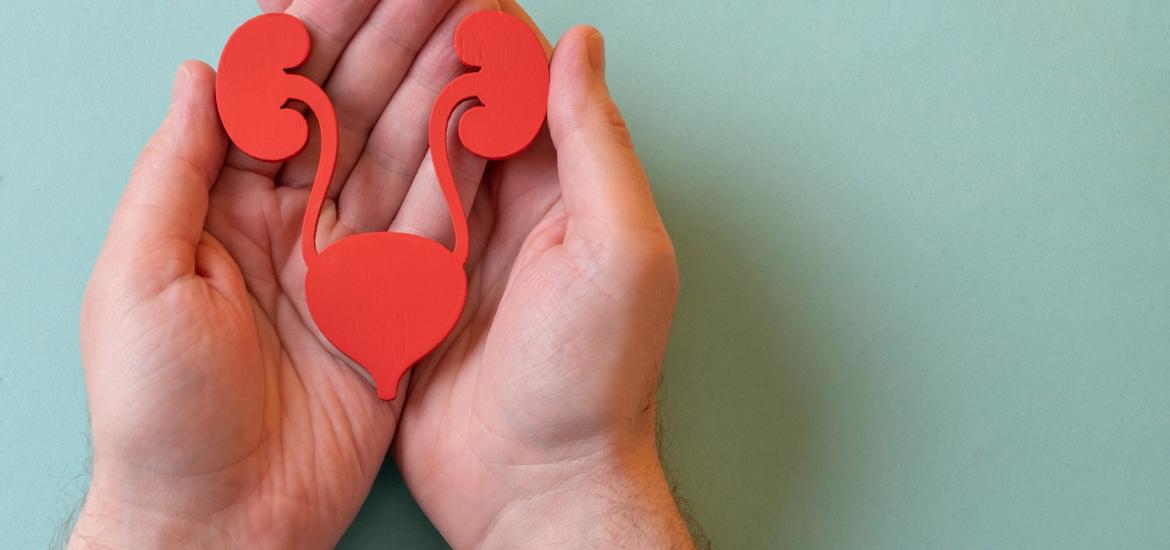
Protara could take on J&J
The company’s TARA-002 produces competitive results in BCG-unresponsive bladder cancer, albeit in just five patients.
The company’s TARA-002 produces competitive results in BCG-unresponsive bladder cancer, albeit in just five patients.

The bladder cancer landscape is changing, with various companies trying to get a piece of this market – and the latest contender is tiny Protara Therapeutics. On Thursday the group produced early data that could pit it against the likes of Johnson & Johnson and CG Oncology.
The main focus for Protara and its cell therapy TARA-002 is BCG-unresponsive non-muscle invasive bladder cancer. At the Society of Urologic Oncology meeting the company presented data from the Advanced-2 trial, showing an 80% complete response rate at any time among this subgroup of patients.
This number falls between the 84% anytime complete response rate seen with J&J’s gemcitabine-eluting TAR-200 in the Sunrise-1 trial in BCG-unresponsive NMIBC, and the 75% with CG Oncology’s oncolytic virus candidate cretostimogene grenadenorepvec.
However, there are reasons to take the TARA-002 data with a pinch of salt. For one, the update included just five BCG-unresponsive patients, and only four at the six-month analysis. And, as well as the usual caveats about cross-trial comparisons, none of the BCG-unresponsive patients had papillary tumours, a harder-to-treat population, versus 20-30% of patients in CG and J&J's trials.
Cross-trial comparison in BCG-unresponsive NMIBC
TARA-002 | TAR-200 | Cretostimogene grenadenorepvec | |
|---|---|---|---|
| Description | Lyophilised Streptococcus | Gemcitabine-releasing intravesical system | Oncolytic virus |
| Compant | Protara Therapeutics | J&J | CG Oncology |
| Trial | Advanced-2 | Sunrise-1 | Bond-003 |
| N | 5 | 85 | 110 |
| CR at any time | 80% | 84% | 75% |
| CR at 6 months | 100% | – | – |
| CR at 12 months | – | 57% | 46% |
Source: OncologyPipeline & company presentations.
Recently approved therapies for BCG-unresponsive NMIBC include ImmunityBio’s IL-15 receptor agonist Anktiva and Ferring’s gene therapy Adstiladrin (nadofaragene firadenovec); however, these have produced less impressive CR rates of 62% and 51% respectively. And Anktiva is given alongside BCG, which has strict conditions for use and is linked with a high recurrence rate.
Protara closed up 70% on Thursday morning, although its $124m market cap is still a fraction of CG’s; the latter, which is worth over $2bn, closed down 7%. CG also presented data today at SUO, from the Bond-003 trial of cresto-vec.
BCG-naive
15 BCG-naive patients were also included in Protara's update; among these, the complete response rate was 67%, which falls within the 50-70% rate seen with BCG. Protara believes that TARA-002 could become an alternative to BCG in early lines of therapy, its chief executive, Jesse Shefferman, said today during a call to discuss the data.
The group plans to discuss its next steps in the BCG-naive setting with the FDA in the first half of next year.
However, Protara’s priority is enrolling BCG-unresponsive patients into Advanced-2, which is designed to be registrational in this population. The enrolment target here is 75-100 patients, so the company has a long way to go.
Protara didn’t say on the call how many BCG-unresponsive subjects had so far been enrolled, but it expects to have six-month results in 25 of these patients by the end of 2025. There will also be 12-month data in mid-2025.
TARA-002 is a strain of Streptococcus pyogenes that is inactivated but designed to retain immune-stimulating properties. Protara described it as “mechanistically similar” to BCG, but with higher potency. When asked how it might fit into the future treatment paradigm, Shefferman said NMIBC was the sixth-most common cancer in the US, with room for multiple players.
Protara now has a chance to become one of these contenders, but only if it can show similar data in a larger number of patients.
The table in this story has been updated.
3871













